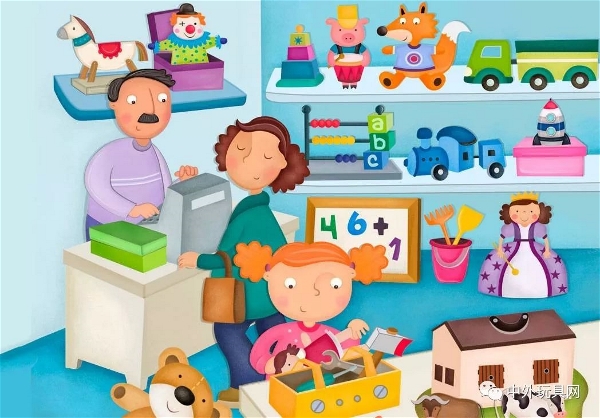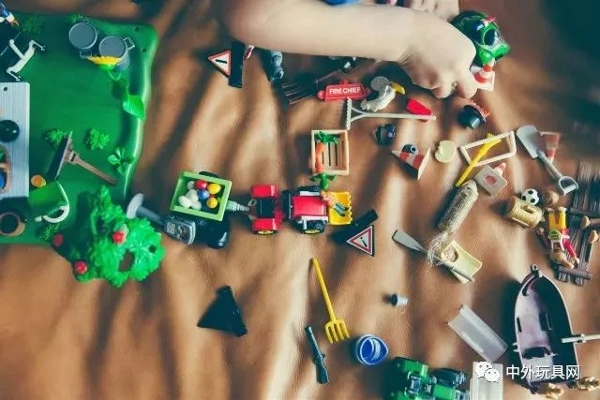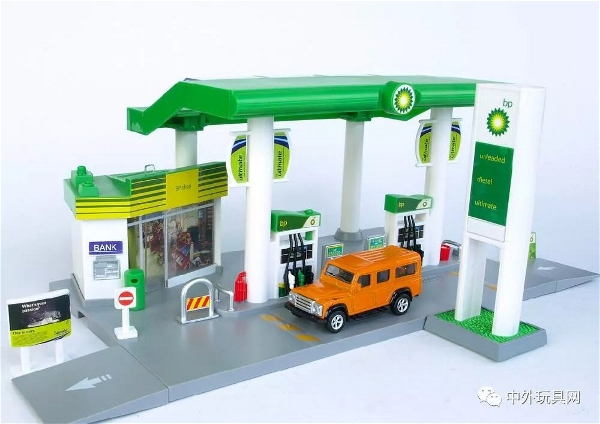On April 25th, the US Consumer Product Safety Commission (CPSC) revised the "Ozone Requirements for Toys and Child Care Products" officially implemented. This revision is primarily intended to modify the limits and requirements for plasticizers (phthalates) in the 16 CFR 1307 section of the Federal Act.
After the revision, the number of plasticizers for children's toys and child care products has increased from the previous six to eight. If the content exceeds 1000 mg/kg, it will not be sold in the US market. The scope and degree of control are the most stringent in history. ".

Frequently notified!
Plasticizers, also known as plasticizers, are industrially widely used polymeric material auxiliaries. Adding this material to plastics such as PVC can enhance flexibility and ease of processing. The most common class of plasticizers in industrial applications today is "phthalate", but studies have shown that some plasticizers have a molecular structure similar to hormones and are called "environmental hormones". Long-term exposure may cause Abnormal reproductive system, and even the risk of teratogenicity and cancer, the damage to the child's reproductive system and endocrine system is more prominent.
The plasticizer ban is an important factor restricting the export of China's consumer goods. According to statistics, in 2017, China's export of children's toys and supplies was notified by the European Union 579 times, of which 166 times were reported due to excessive plasticizers, accounting for nearly 30%. In the first quarter of 2018, the plasticizer exceeded the standard and was notified 77 times, accounting for as much as 47.2%. The main reasons are as follows:
First of all, plasticizers do have excellent effects in plastic softening. Soft plastics are often used in toys and children's products. The plasticizer with phthalate as the main component does have irreplaceable effects on softened plastics. Its low cost and good effect are favored by the domestic plastics industry.
Secondly, some environmentally friendly plasticizers are actually not environmentally friendly. According to the analysis of relevant experts, some environmentally friendly plasticizers on the market have been developed through compounding methods, but some purification techniques are poor, and plasticizers contain higher levels of phthalate. If used too much in the injection molding process, it will lead to failure.
Third, enterprises lack self-inspection and self-control capabilities. Compared with heavy metals, phthalates have high detection requirements and high cost, and few companies have self-checking capabilities. At the same time, plasticizers are widely used in various plastics, and enterprises are hard to prevent.

Toy exports will be affected?
The earliest restrictions on plasticizers were in the European Union. In 2005, the European Union enacted the phthalate ban (2005/84/EC), which is used for children under the age of 3 who can be placed in their mouths. The content of six phthalate plasticizers in plastic parts should not exceed 0.1%. A warning is required on the packaging of toy toys containing soft PVC for children under 3 years of age who can be placed in their mouths.
In 2008, the US Consumer Product Safety Improvement Act was officially promulgated and implemented, and plasticizers became the restricted substances in consumer products for the first time. According to the regulations at the time, any children's toys and child care products manufactured or imported into the United States for sale, DEHP, DBP and BBP three phthalates should not exceed 0.1%. Any toy and child care products that may be placed in children's mouth, DINP, DIDP, DNOP three phthalates should not exceed 0.1%.
On July 18, 2014, the US Consumer Product Safety Commission's Chronic Hazard Advisory Group released a hazard analysis report for phthalates and their alternatives in toys and child care products. The report recommends maintaining a permanent ban on DEHP, DBP, and BBP, and adding a permanent ban on DIBP. DINP has also been proposed to be upgraded from a temporary ban to a permanent ban, that is, the plasticizer for permanent bans has been increased from the original three to eight.
It is particularly important to note that the mandatory toy standard GB6675-2014 implemented in China in January 2016 mainly refers to the EU standard, and the restricted objects include six common plasticizers such as DEHP. In the United States, new plastics such as DIBP and DPENP have been added, and national standards and EU standards have not been set. After the relevant proposals are passed, they will undoubtedly have a greater impact on China's toy export industry.

How do companies respond?
China has always been the world's largest toy exporting country, of which the United States is the largest market for Chinese toy exports. According to the China-Foreign Toys Network, China's toy exports in 2017 were impressive, with annual toy exports of US$44.15 billion, a year-on-year increase of 31.2%. More than 70% of the products sold in the world toy market are made in China, and the European and American markets are more than 80%.
In response to the plasticizer ban, export companies should implement the response from both software and hardware:
On the one hand, it is to strengthen the “soft power†of product safety management, pay close attention to the new substances and limit requirements in the plasticizer ban, strengthen the management of raw materials suppliers, adjust the quality and safety requirements for raw material procurement, and control the ban on increase from the source. Plastic agent; strict process management to prevent the incorporation of harmful substances such as phthalates in the production process; carry out the detection and verification of harmful substances, and carry out batch inspection and verification on the purchased raw materials.
On the other hand, it is to enhance the "hard power" of technology. Enterprises with conditions should carry out laboratory construction, introduce advanced instruments and technical talents, and improve self-checking and self-control capabilities. At the same time, they must actively seek alternatives and seek cooperation through "production, study and research" as soon as possible. An alternative plasticizer that meets both technical and regulatory requirements and meets process requirements.

Full Cassette Motorized Retractable Awning
Full Cassette Motorized Retractable Awning,Motorized Retractable Folding Arm Awnings,Full Cassette Retractable Motorized Awning,Full Cassette Retractable Motorised Awning
Hebei Charlotte Enterprise Co., Ltd. , https://www.hbcharlotteawning.com